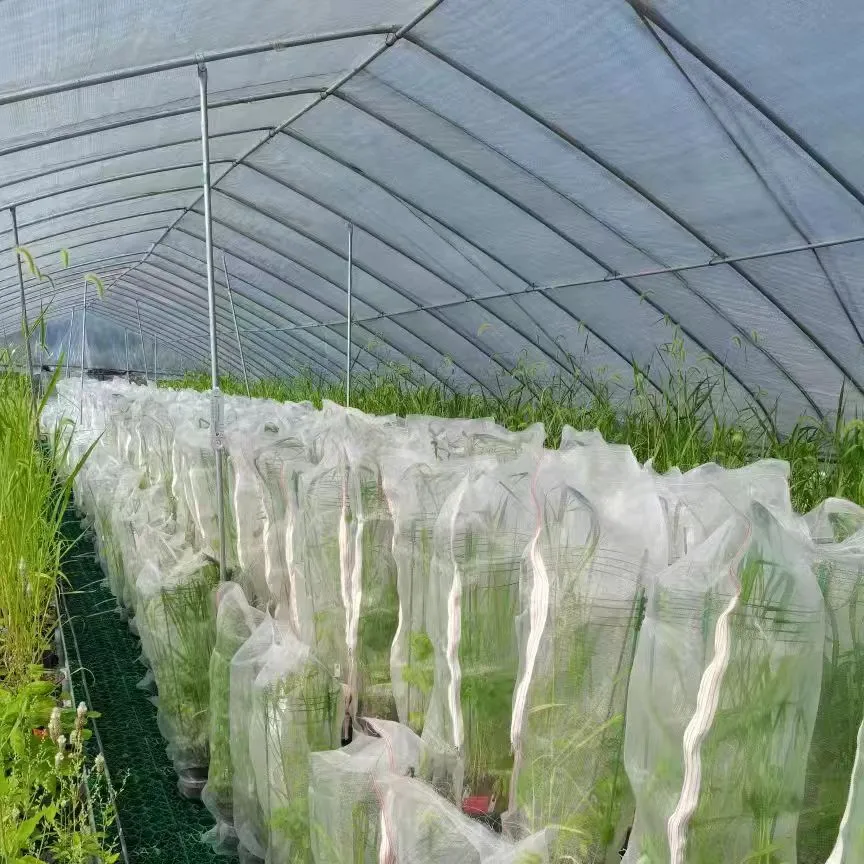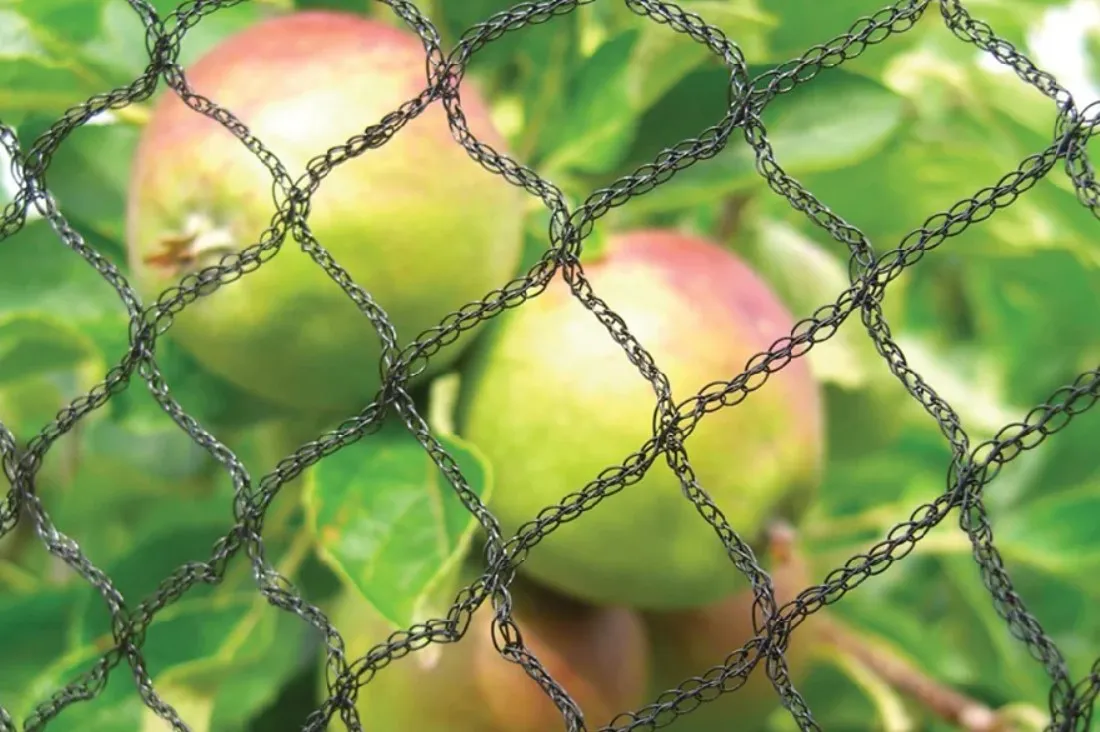-
 Afrikaans
Afrikaans -
 Albanian
Albanian -
 Amharic
Amharic -
 Arabic
Arabic -
 Armenian
Armenian -
 Azerbaijani
Azerbaijani -
 Basque
Basque -
 Belarusian
Belarusian -
 Bengali
Bengali -
 Bosnian
Bosnian -
 Bulgarian
Bulgarian -
 Catalan
Catalan -
 Cebuano
Cebuano -
 China
China -
 Corsican
Corsican -
 Croatian
Croatian -
 Czech
Czech -
 Danish
Danish -
 Dutch
Dutch -
 English
English -
 Esperanto
Esperanto -
 Estonian
Estonian -
 Finnish
Finnish -
 French
French -
 Frisian
Frisian -
 Galician
Galician -
 Georgian
Georgian -
 German
German -
 Greek
Greek -
 Gujarati
Gujarati -
 Haitian Creole
Haitian Creole -
 hausa
hausa -
 hawaiian
hawaiian -
 Hebrew
Hebrew -
 Hindi
Hindi -
 Miao
Miao -
 Hungarian
Hungarian -
 Icelandic
Icelandic -
 igbo
igbo -
 Indonesian
Indonesian -
 irish
irish -
 Italian
Italian -
 Japanese
Japanese -
 Javanese
Javanese -
 Kannada
Kannada -
 kazakh
kazakh -
 Khmer
Khmer -
 Rwandese
Rwandese -
 Korean
Korean -
 Kurdish
Kurdish -
 Kyrgyz
Kyrgyz -
 Lao
Lao -
 Latin
Latin -
 Latvian
Latvian -
 Lithuanian
Lithuanian -
 Luxembourgish
Luxembourgish -
 Macedonian
Macedonian -
 Malgashi
Malgashi -
 Malay
Malay -
 Malayalam
Malayalam -
 Maltese
Maltese -
 Maori
Maori -
 Marathi
Marathi -
 Mongolian
Mongolian -
 Myanmar
Myanmar -
 Nepali
Nepali -
 Norwegian
Norwegian -
 Norwegian
Norwegian -
 Occitan
Occitan -
 Pashto
Pashto -
 Persian
Persian -
 Polish
Polish -
 Portuguese
Portuguese -
 Punjabi
Punjabi -
 Romanian
Romanian -
 Russian
Russian -
 Samoan
Samoan -
 Scottish Gaelic
Scottish Gaelic -
 Serbian
Serbian -
 Sesotho
Sesotho -
 Shona
Shona -
 Sindhi
Sindhi -
 Sinhala
Sinhala -
 Slovak
Slovak -
 Slovenian
Slovenian -
 Somali
Somali -
 Spanish
Spanish -
 Sundanese
Sundanese -
 Swahili
Swahili -
 Swedish
Swedish -
 Tagalog
Tagalog -
 Tajik
Tajik -
 Tamil
Tamil -
 Tatar
Tatar -
 Telugu
Telugu -
 Thai
Thai -
 Turkish
Turkish -
 Turkmen
Turkmen -
 Ukrainian
Ukrainian -
 Urdu
Urdu -
 Uighur
Uighur -
 Uzbek
Uzbek -
 Vietnamese
Vietnamese -
 Welsh
Welsh -
 Bantu
Bantu -
 Yiddish
Yiddish -
 Yoruba
Yoruba -
 Zulu
Zulu
Agriculture Insect Netting Mesh HDPE Plastic UV Anti Insect Protection Proof Barrier Net
Agricultural insect netting serves as an innovative, eco-friendly solution for farmers battling the ever-present challenge of pest insects. This specialized netting not only safeguards crops but also bolsters sustainable agriculture practices by minimizing the reliance on chemical pesticides. Drawing on personal experiences and industry expertise, we explore the significant benefits and versatile applications of insect netting, offering insights into how it stands as a cornerstone in contemporary farming.

The efficacy of agricultural insect netting has been consistently validated by agricultural experts and researchers. It operates on a simple yet effective principle creating a physical barrier that prevents pest insects from reaching plants. Users report substantial reductions in crop damage when insect netting is properly deployed, leading to healthier yields and improved agricultural productivity. The use of insect netting has become particularly crucial for high-value horticultural crops, which are highly susceptible to quality degradation from insect damage.
One of the major benefits of insect netting is its role in reducing the need for chemical insecticides. By providing a natural form of pest control, it aligns with integrated pest management (IPM) practices and supports organic farming certifications. Farmers who have transitioned to using insect netting have shared compelling testimonials about decreased pesticide usage, which not only promotes environmental sustainability but also enhances the safety and marketability of produce.

The design of agricultural insect netting is both intricate and specialized. Typically fabricated from high-density polyethylene or polypropylene, the netting is UV-stabilized to withstand diverse weather conditions. Experts recommend selecting netting with mesh sizes tailored to the specific type of pest targeted, ensuring optimal protection and airflow to the plants. Reliable manufacturers offer a range of mesh sizes suitable for various crops and climates, reinforcing the netting’s adaptability.
agricultural insect netting
For successful implementation, it is vital for farmers to consider several critical factors. Proper installation of the netting is paramount, as gaps or tears may compromise its integrity. Expert installers often emphasize the importance of securing the netting edges, either burying them or using weights, to prevent entry from persistent pests. Regular maintenance checks become essential to ensure long-lasting effectiveness, preserving the resilience of this agricultural investment.
In practice, the durability and cost-effectiveness of insect netting exceed initial expectations. Many users witness a return on investment through increased quality and quantity of produce. Furthermore, agricultural insect netting enhances biodiversity by naturally controlling pest populations without harming non-target insects, such as pollinators, which are pivotal to agricultural ecosystems.
Transitioning to a sustainable farming approach that incorporates agricultural insect netting can yield significant long-term benefits beyond pest control. Enhanced crop quality leads to greater market competitiveness, while the use of eco-friendly methods affords farmers a stronger position in the growing market for sustainably produced goods. Through first-hand experiences and collective industry knowledge, agricultural insect netting stands as a testament to innovative solutions driving the future of farming. Demonstrating a commitment to environmental health and crop integrity, it establishes itself as an authoritative measure in agricultural best practices, trusted by experts and farmers alike.
-
Stainless Steel Mesh SolutionsNewsMay.06,2025
-
Protecting Your Farm with Smart SolutionsNewsMay.06,2025
-
Practical Mesh Solutions for Your Home and GardenNewsMay.06,2025
-
Nylon Mesh SolutionsNewsMay.06,2025
-
Fish Breeding Nets for AquariumsNewsMay.06,2025
-
Essential Mesh Solutions for ConstructionNewsMay.06,2025











